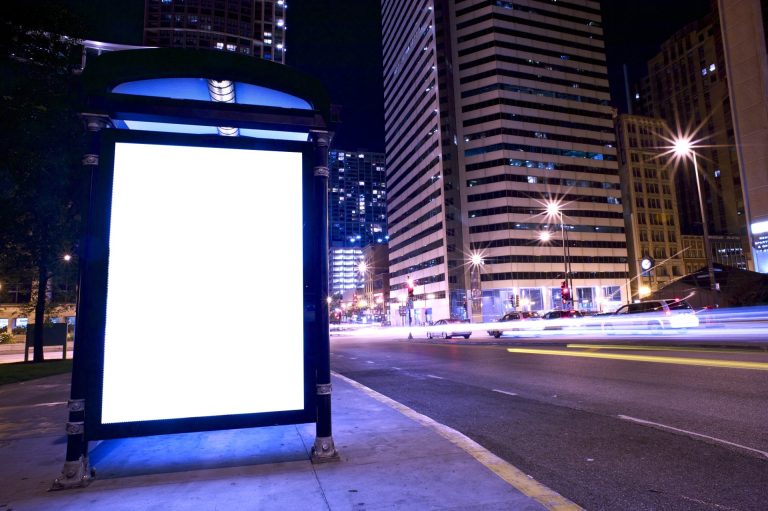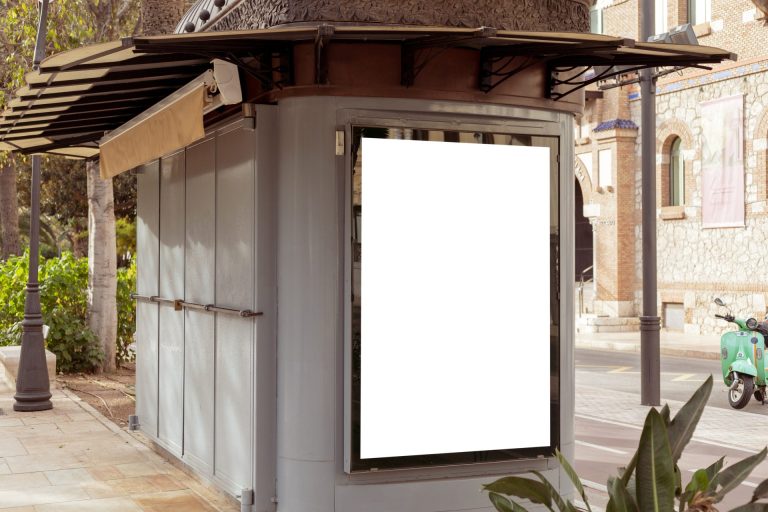Outdoor advertising in the UAE has always been dynamic—vibrant billboards, LED displays, smart signage in transit hubs, towering hoardings along Sheikh Zayed Road. But as we move into 2025 and beyond, the landscape is shifting rapidly. Changes in technology, regulation, consumer behaviour, and urban development are reshaping how brands communicate in physical spaces. In this post, we’ll explore what the future holds for outdoor advertising in the UAE: trends to embrace, challenges to navigate, and opportunities for brands that stay ahead.
Key Trends Shaping the Future
Digital Out-of-Home (DOOH) & Programmatic OOH
The shift from static billboards to digital screens continues, accelerated by the flexibility and higher engagement that digital formats offer. DOOH enables content to change dynamically—by time of day, weather, or audience demographics.
Programmatic DOOH (pDOOH) is gaining traction. Brands will increasingly buy and optimize ad slots in real time, improving efficiency and lowering wastage.
Data, AI & Metrics
Data-driven targeting is no longer optional. Using geospatial intelligence, analytics of footfall, dwell times, and traffic flow will help marketers choose the right location and time.
Artificial Intelligence will play a greater role—not just in audience measurement, but in creative optimization (which visuals work best where), predictive planning, even real-time content changes.
Regulation, Aesthetics & Cultural Sensitivity
New rules and stricter guidelines are being rolled out. For example, Dubai’s RTA has published a comprehensive outdoor advertising manual covering lighting, signage dimensions, safety, and visibility. khaleejjournal.com+1
The city is also restricting billboard sizes in many areas, controlling rooftop adverts, ensuring ads don’t obstruct emergency exits or add hazards (e.g. glare to drivers), and requiring more attention to culture and language in creatives. Khaleej Times+1
Sustainability & Eco-Innovation
Advertisers are under increasing pressure to reduce environmental impact. This means:
Using eco-friendly materials (less PVC, more recyclable components) for hoardings. ooh.ae
Digital screens that are energy efficient, with ambient light sensors, solar panels, or improvements to reduce power consumption.
Cities in the UAE are pushing green initiatives and smart city frameworks, which will demand outdoor media that aligns with sustainability goals.
Immersive & Interactive Experiences
3D, holographic displays, AR (augmented reality), and interactive elements will become more common. Advertising won’t just be seen—it will be experienced.
Integration with mobile: QR codes, NFC, apps, or wayfinding tied to physical ads so that engagement doesn’t end with a billboard.
Hyperlocal & Contextual Advertising
Rather than large, city-wide campaigns, brands will often target neighbourhoods or districts with messaging tuned to local demographics, behavior, and language.
Contextual ads that respond to location, time, and environment. For example, different creatives at rush hour vs evening for commuters, or tailored messaging near retail/hospitality hubs.
Growing Market & Financials
The market for outdoor advertising in the UAE is expanding. Forecasts show growth in both revenue and investment, particularly for digital displays.
Transit advertising (e.g. buses, metro, stations) is one of the fastest-growing segments.
Challenges & What to Watch Out For
Regulatory complexity & compliance risk: As rules get stricter (size, location, safety, aesthetics), brands need to ensure compliance or risk fines. Khaleej Times+1
High costs in premium locations: Iconic routes (e.g. Sheikh Zayed Road) and landmark sites command huge prices, especially for DOOH. AGBI+1
Balancing novelty with relevancy: Interactive and immersive formats are exciting, but if the message or creative is weak, the investment may not pay off.
Sustainability expectations: The audience and authorities expect outdoor media to be environmentally conscious. Ads that waste material or energy may face backlash.
Measuring ROI: Although better tools exist, attributing offline impressions to actual conversions remains challenging. Brands will need robust measurement frameworks.
Opportunities for Brands & Advertisers
Integrated Campaigns: Outdoor media + mobile + digital media = stronger brand recall and measurable action. Use physical ads to drive people online.
Localised Messages: Speak directly to communities. For example, language, culture, utilities, events in specific areas can be leveraged for stronger resonance.
Event tie-ins & seasonal activations: The UAE hosts many global events year-round. Outdoor media at these moments can deliver huge impact, especially when creative, well-placed, and interactive.
Sustainable Branding as Differentiator: Brands that adopt green practices in outdoor media will appeal more to younger, environmentally aware consumers and comply with regulation.
Tech adoption: Using newer screens, programmatic, AI for targeting, and immersive tech can set brands apart.










